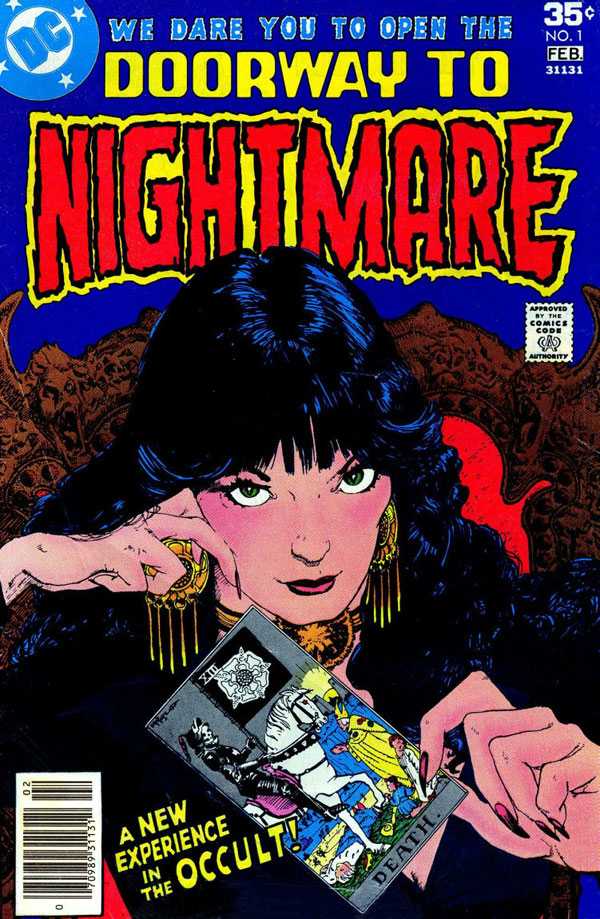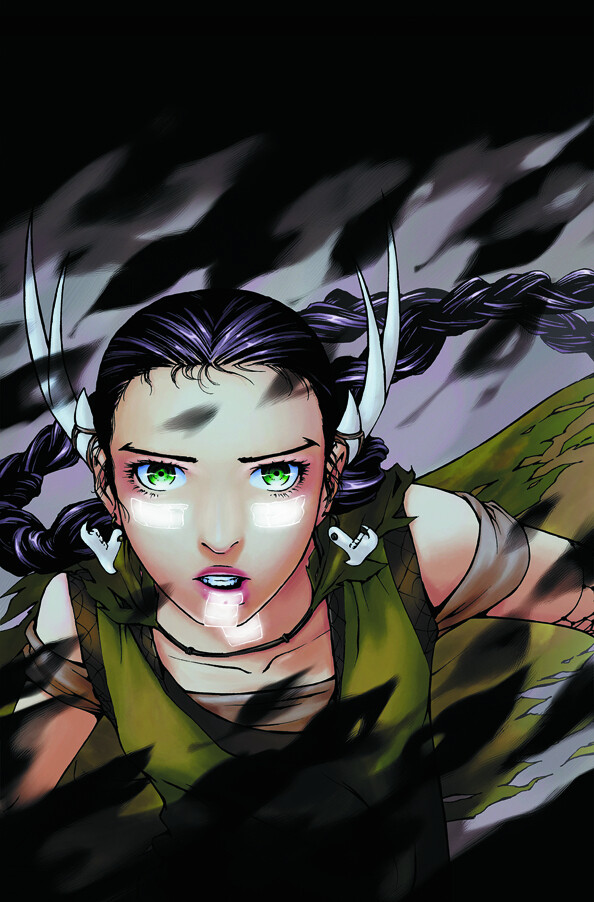Madame xanadu est la dame du lac ?
C’est Nimue,en effet.
Mais je crois que ce n’est pas la même que la Dame du Lac dans Aquaman.
Tu m apprends quelque chose là.
Il y a Nimue et sa soeur Vivienne chez DC.
Quelques liens pour aider à s’y retrouver.
Chez Marion Zimmer Bradley,c’est plus compliqué).
https://www.camelot4colors.com/
Madame Xanadu
Written and illustrated by various, DC Comics, 1978 to date.
Madame Xanadu represents an unusual treatment of a traditional Arthurian figure in comics, having made her first appearance some thirty years before her identification as the sorceress Nimue was made explicit.
Created by David Michelinie (writer) and Val Mayerik (artist), Madame Xanadu made her debut in Doorway to Nightmare #1 (1978). Depicted as a mysterious woman operating a fortune-telling parlour in contemporary Greenwich Village, Madame Xanadu offered assistance to people facing various supernatural threats. This series lasted only five issues, and after a single follow-up one-shot (Madame Xanadu v.1, #1, 1981), the character was relegated to making guest appearances or playing a supporting role in a number of DC Comics’ series and miniseries. In The Spectre v.3, #7 (1993), a story written by John Ostrander featured Madame Xanadu explaining her past: « I used to be a sorceress. A master wizard taught me my craft… He told me when we met that it was fated and that in the end, I would confine him in a tree. I did, too. It was his doom. »
The reference to the legend of Merlin and Nimue was evident to the knowledgeable reader, but the identification of Madame Xanadu with the Arthurian character would not be made definite for another fifteen years.
In the ongoing series Madame Xanadu (published under DC’s Vertigo imprint), author Matt Wagner (also the creator of other notable Arthurian comics, as discussed in the Mage entry, below, and the Demon entry in Part Three) and various illustrators chronicle the character’s previously untold history. The first two issues (Aug. - Sept., 2008) described how the forest-dwelling enchantress Nimue Inwudu, sister to both Vivienne (the Lady of the Lake) and Morgana, attempted to protect Camelot from Morgana through her sexual influence over the wizard Merlin. Nimue discovered, too late, that Merlin himself was consorting with demons, and scheming to manipulate the course of history. Unable to prevent the fall of Camelot, Nimue tricked Merlin and imprisoned him in a hawthorne bramble, but not before he « disenchanted » her with a final curse, forcing her to secure her immortality thenceforth through the use of potions. (This sequence was reprinted in the trade paperback Madame Xanadu, Vol. 1: Disenchanted, 2009.) Subsequent issues depicted Nimue’s adventures down through the centuries, including sojourns in medieval China and Inquisition-era Spain. An eight-part storyline beginning in the 16th issue featured the return of Morgana in the year 1957, in New York City; an extended flashback that appeared in the middle of this sequence filled in more of the history of Nimue and her sisters, explaining how their race of « Homo Magi » emigrated from Atlantis to Britain before the advent of other humans in the latter island. Nimue and the others of her kind witnessed centuries of human history in Britain before Morgana, seeking to manipulate events, took on the human guise of a daughter of Duke Gorlois of Cornwall, thus helping set into motion the events leading to the rise and fall of Camelot. (The entire storyline was reprinted as Madame Xanadu, Vol. 3: Broken House of Cards, 2011.)
Following the cancellation of her series with the 29th issue, a somewhat-modified version of Madame Xanadu was introduced into DC Comics’ rebooted « New 52 » continuity in two ongoing series, Justice League Dark (set in contemporary times) and Demon Knights. The latter series, set in the Middle Ages four centuries after the fall of Camelot, made Xanadu part of a medieval super-group of sorts, whose other members included Etrigan the Demon and Sir Ystin, the Shining Knight. This version of the character was depicted as being one of nine sisters, all daughters of Lady Igraine of the Fey, who was Arthur’s mother as well. In the time of Camelot, Nimue had been romantically involved with Merlin’s assistant Jason, rather than Merlin himself, and through the course of the series’ 23-issue run, Madame Xanadu was the lover of both Jason and his demonic alter ego, Etrigan, with each of them believing her affection for his counterpart was feigned.
Aquaman
DC Comics’ « King of the Seven Seas » met King Arthur (as well as Morgan Le Fay, Merlin, and Viviane, the Lady of the Lake) in Adventures in the DC Universe #15 (June, 1998). In this story, Aquaman was transported back in time to aid Viviane in her attempt to prevent Morgan from stealing the sword Excalibur before it could be claimed by Arthur. A few years later, the Sea King was involved in a storyline (beginning with Aquaman vol. 6, #1, 2002) in which he was chosen by a mysterious figure identifying herself as the Lady of the Lake to be a conduit for the healing power of the « Secret Sea ».
Aquaman has also been associated with the Arthurian legend in more subtle ways. The Atlantean monarch, whose « surface-world » name is Arthur Curry, has occasionally been referred to as « King Arthur. »
For another undersea ruler’s Arthurian encounters, see the entry for Namor, the Sub-Mariner.
Merci beaucoup

